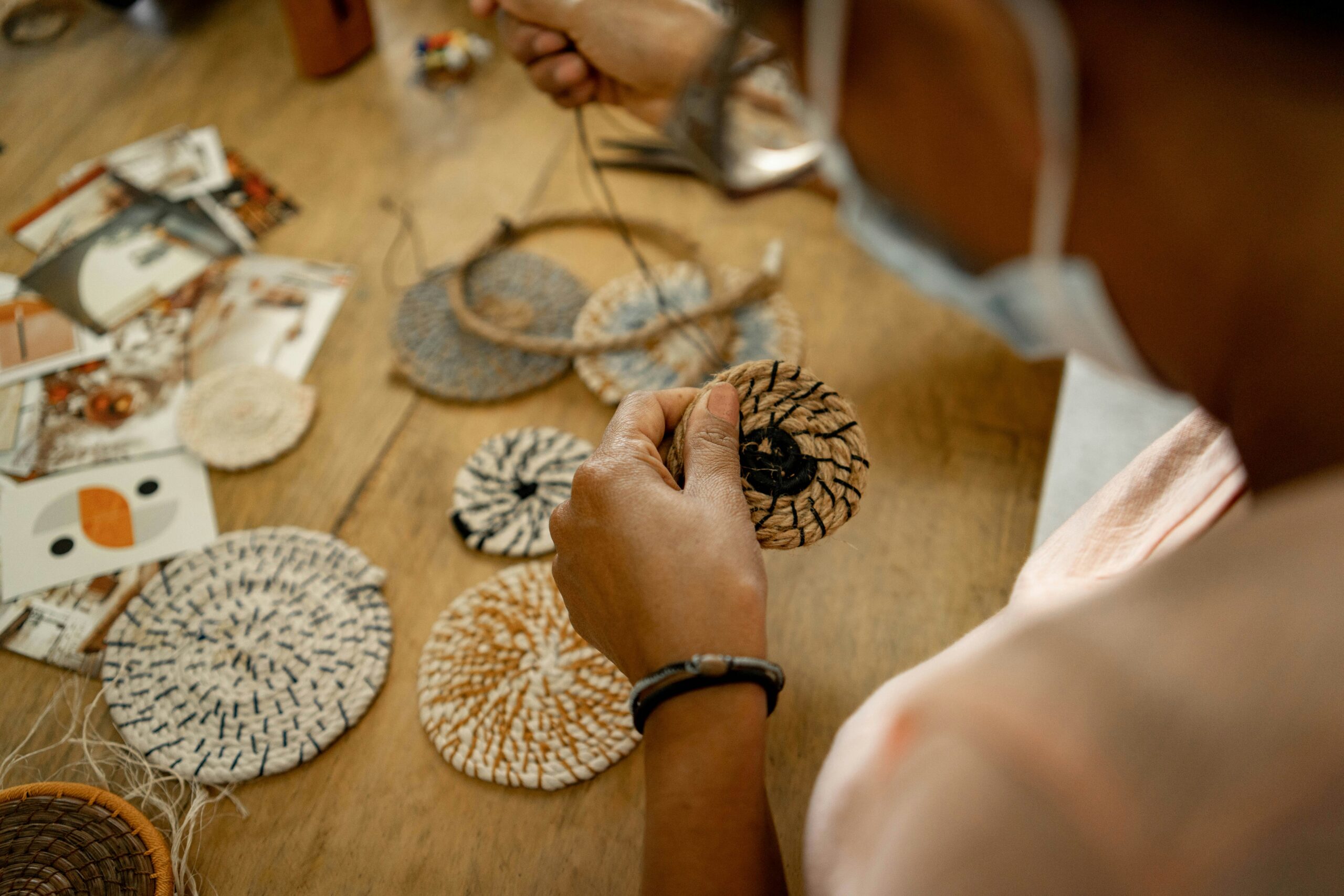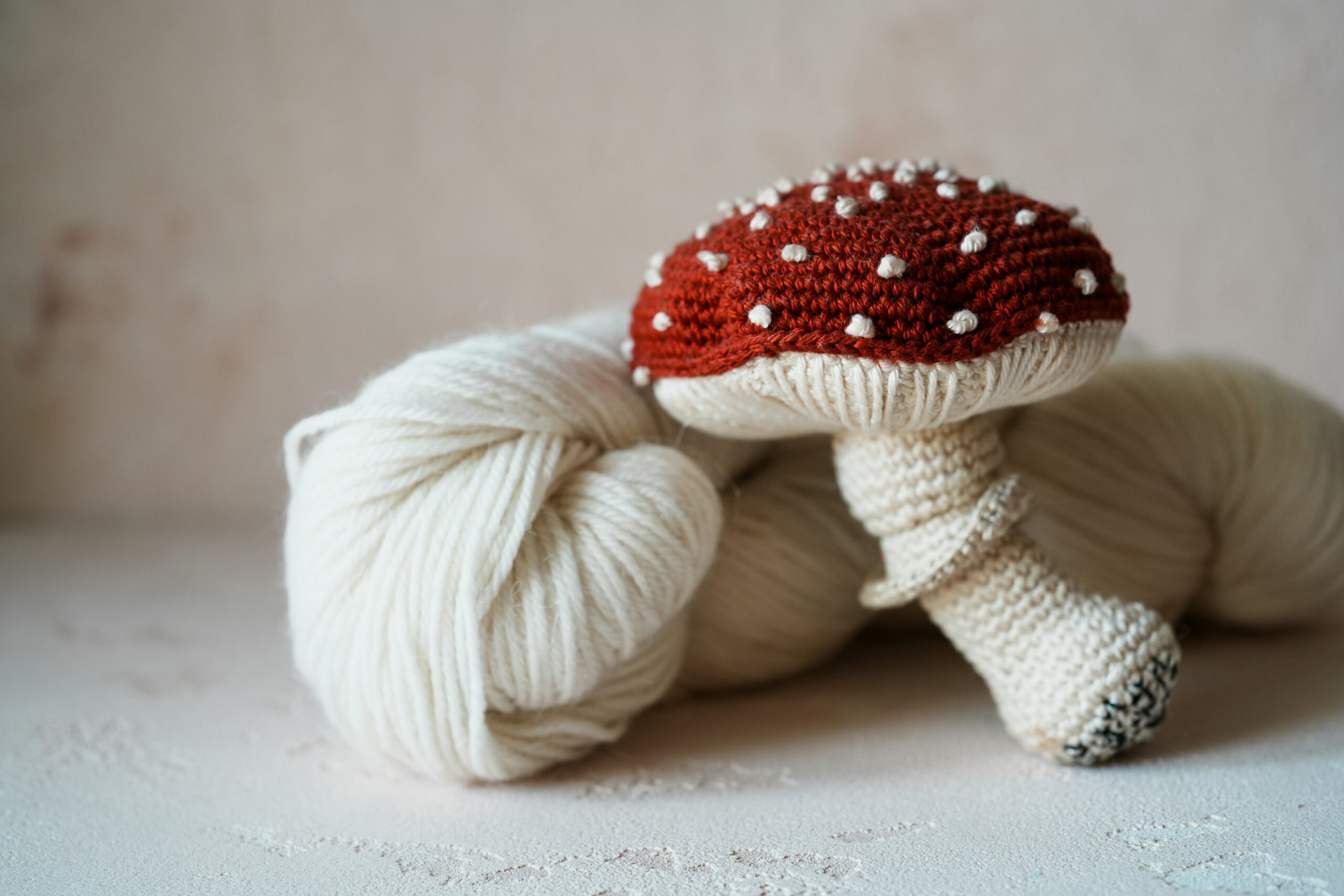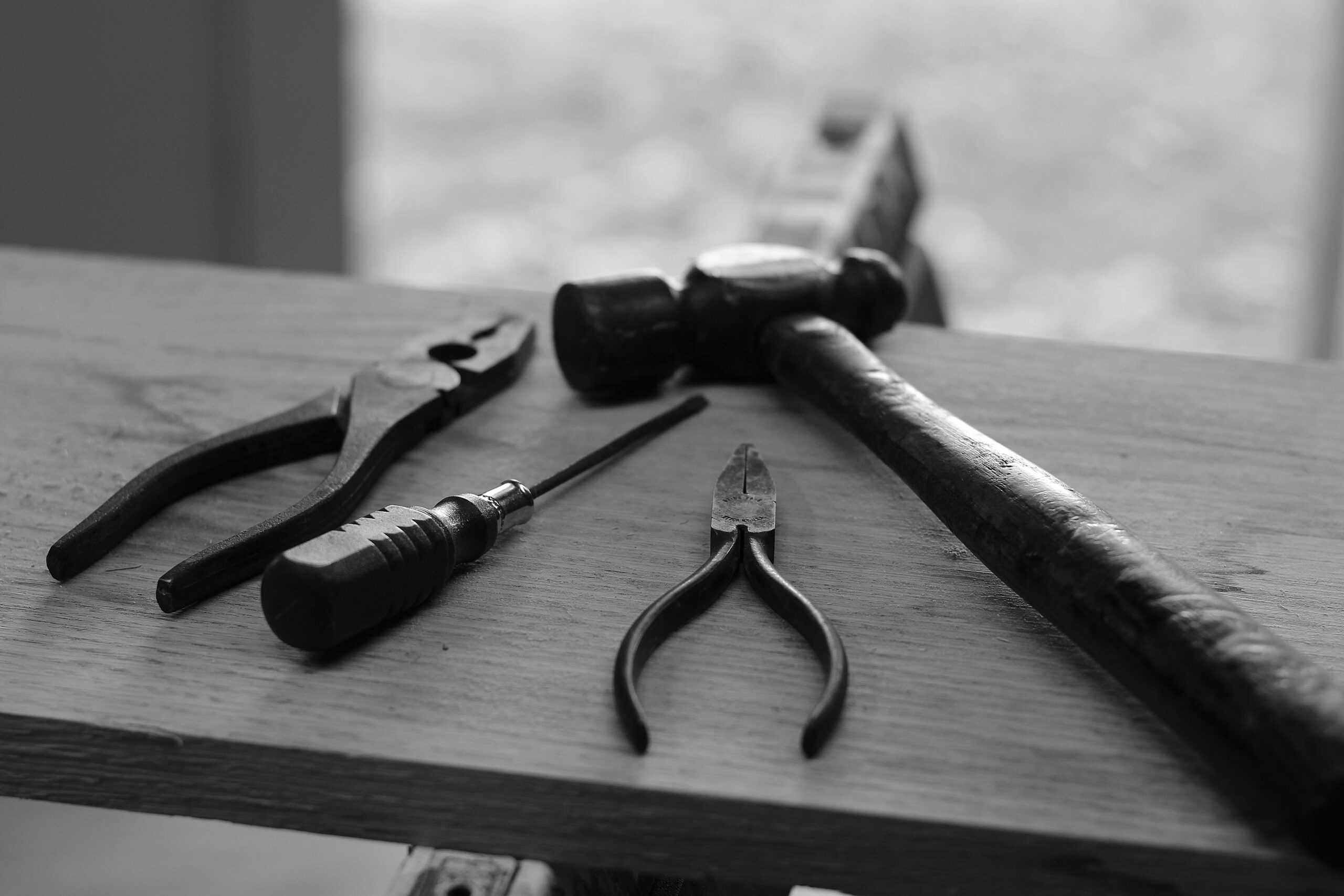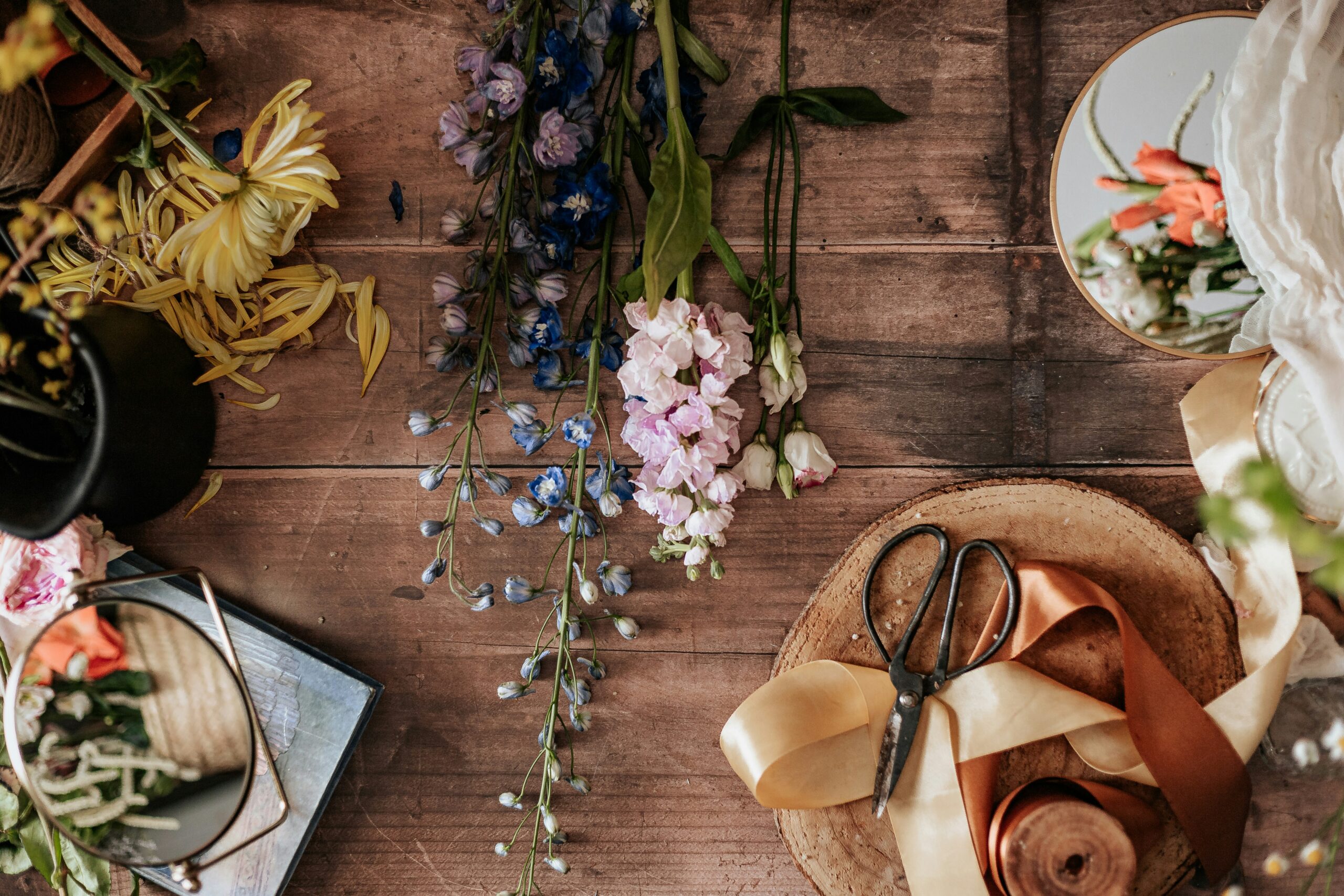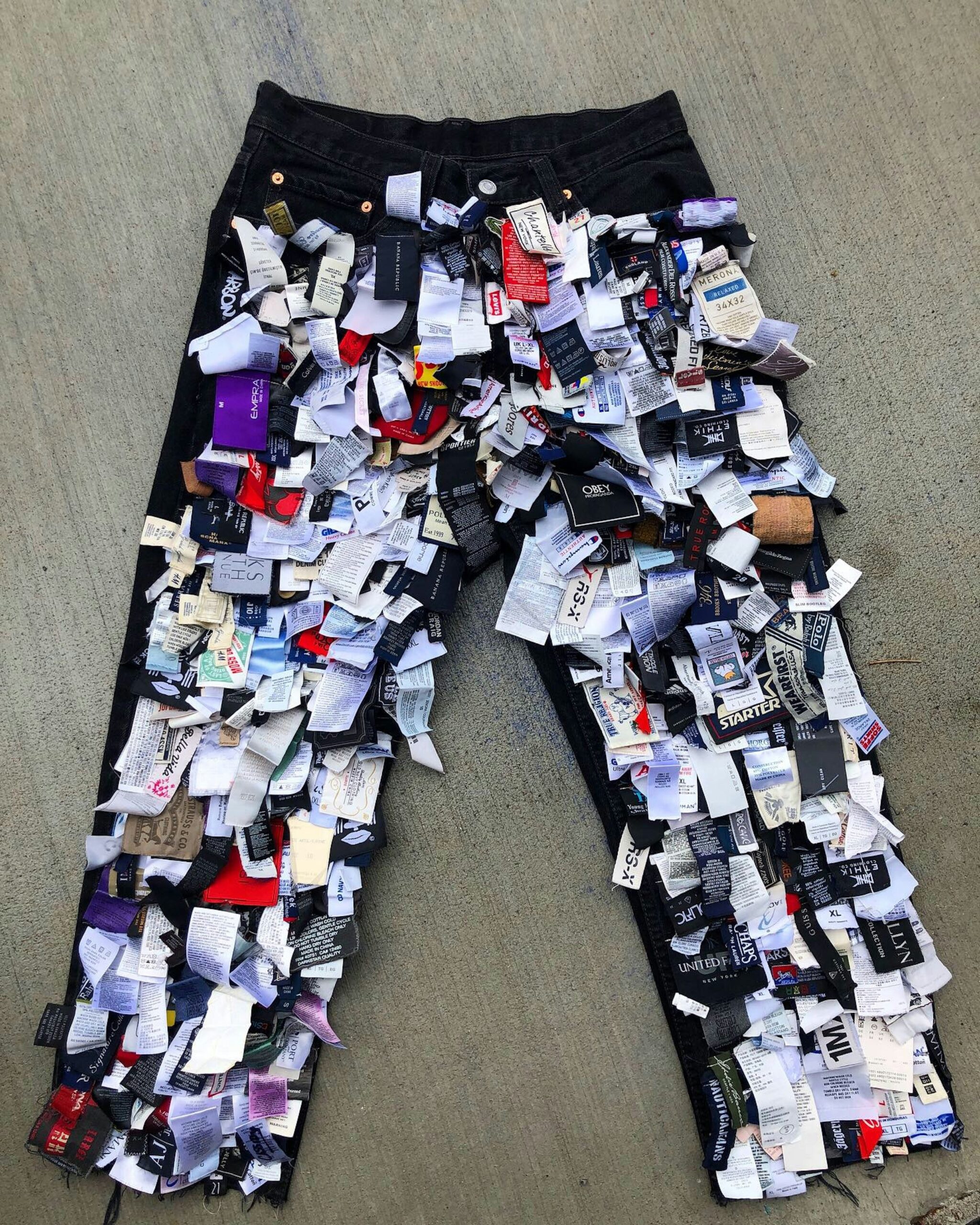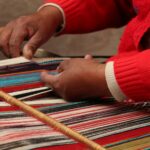In today’s world, where environmental concerns are more pressing than ever, finding ways to reduce waste and live sustainably has become increasingly important. One trend that has gained significant attention is upcycling – the art of turning old or discarded items into something new and useful. When it comes to clothing, upcycling is a creative and eco-friendly way to breathe new life into pieces that may have otherwise been thrown away. If you’re looking to be more sustainable and tap into your creative side, upcycling old clothes is a fantastic way to get started.
In this guide, we’ll explore the basics of upcycling, the tools you’ll need, some simple beginner projects, and why upcycling matters for both the environment and your creativity:
- What is upcycling and why it matters
- Essential tools for upcycling
- Easy upcycling projects for beginners
- Sustainability and creative expression through upcycling
- Embrace the upcycling trend and give clothes a second life cycle
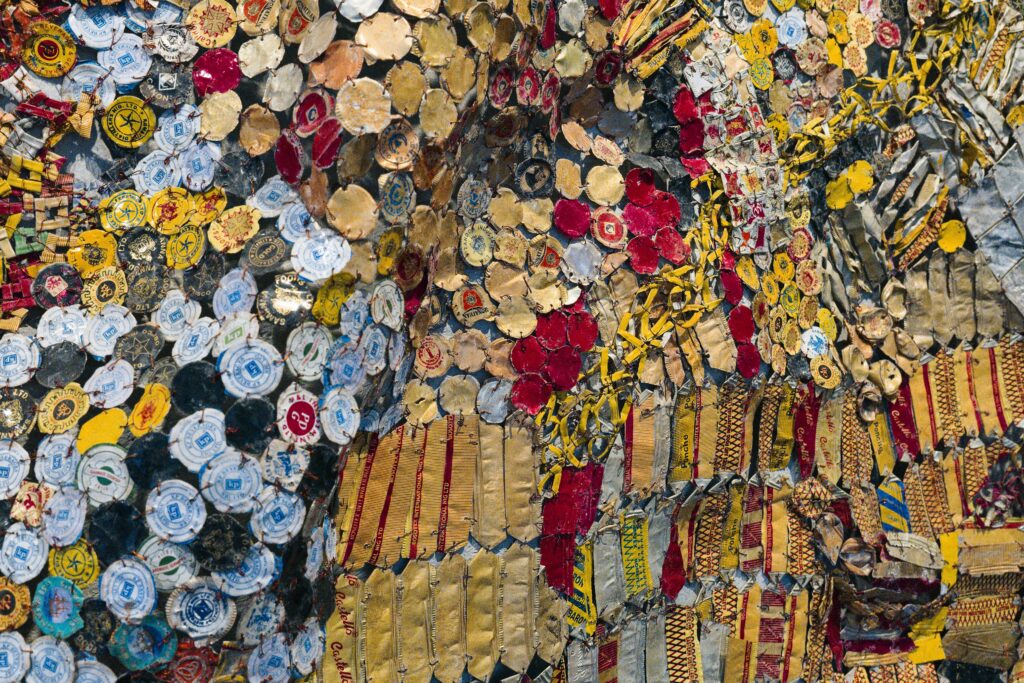
What is upcycling and why it matters
Upcycling is all about taking something that’s no longer in its original form or purpose and transforming it into something new and valuable. Unlike recycling, where materials are broken down and reprocessed, upcycling involves repurposing items with little to no processing. When it comes to clothes, upcycling means taking worn-out, outdated, or damaged garments and giving them a fresh, new purpose – whether that’s through creative alterations, repairs, or complete transformations.
Why does it matter? Well, the fashion industry is one of the largest polluters in the world, contributing to massive amounts of waste and environmental damage. Each year, millions of tonnes of clothing end up in landfills, many of which could easily be repurposed. By upcycling, we can reduce this waste, breathe new life into old items, and contribute to a more sustainable, conscious approach to fashion. It’s not just about saving money – it’s about being mindful of the planet and encouraging a more sustainable way of living. And on top of that, upcycling lets you express your creativity and make unique pieces that no one else has.
Essential tools for upcycling
Now that you know why upcycling is so important, let’s talk about the tools you’ll need to get started. Don’t worry – upcycling doesn’t require a lot of fancy equipment, and you can often make do with what you already have at home.
Here’s a rundown of the basics and your shopping list:
- Scissors
- Sewing machine
- Fabric glue
- Needles
- Thread
- Measuring tape
- Pins
- Optional: Tailor’s chalk, pen, notebook, needle threader, seam ripper
A good, sharp pair of scissors is a must-have for any upcycling project. You’ll use them for cutting fabric, trims, and other materials. Make sure to invest in a pair that’s durable and sharp enough to cut through multiple layers of fabric.
If you’re serious about upcycling and plan to make more substantial changes to your garments, a sewing machine is incredibly useful. It speeds up the process and gives you a more professional finish. Don’t worry if you’re a beginner – sewing machines are user-friendly, and there are plenty of tutorials online to help you get started.
Not all upcycling projects require sewing. If you’re not comfortable with a sewing machine or simply don’t want to get into stitching, fabric glue can be your best friend. It’s ideal for sticking fabric together, adding embellishments, or even fixing small holes and tears.
If you prefer hand-sewing or need to do some simple repairs, a basic sewing kit is a great tool to have. Ensure you have needles of various sizes and plenty of thread in different colours to match your fabrics.
For more precise projects, measuring tape will help ensure your upcycled pieces are well-fitted and proportionate. Pins are essential for holding fabrics in place before you sew or glue them.
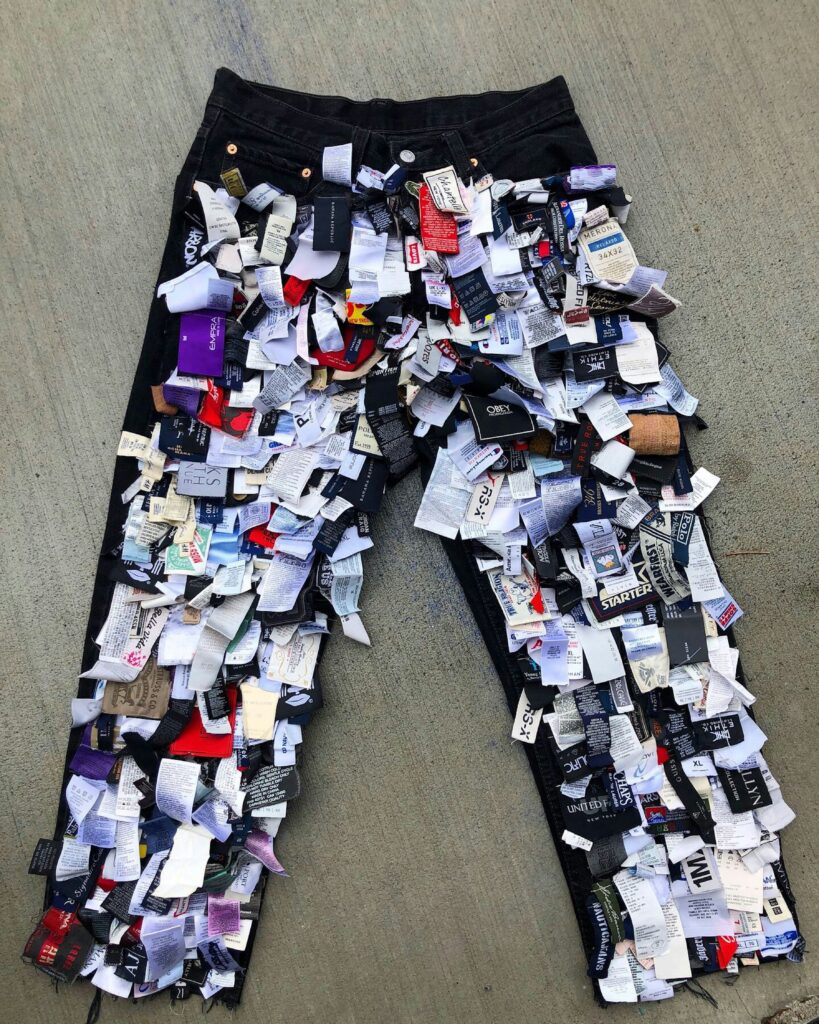
Easy upcycling projects for beginners
Now that you have your tools ready, let’s dive into some simple and fun upcycling projects for beginners. These ideas will help you get started on your upcycling journey and build your confidence before you move on to more complex transformations:
Turning old jeans into a bag: Have you ever had a pair of jeans that no longer fit or were worn out at the knees? Instead of tossing them, why not turn them into a stylish bag? Cut off the legs, sew up the bottom, and use the remaining fabric to create handles. You can even add embellishments like patches, studs, or fabric paint for a personalised touch.
T-shirts into pillowcases: Got old t-shirts lying around? Rather than letting them gather dust, you can turn them into cute, comfortable pillowcases. Simply cut the t-shirt into the right size for your pillow, sew up the sides, and you’ve got a soft, unique cover for your cushions. You can mix and match different t-shirts for a fun, eclectic look.
Sweater to mittens: If you have a worn-out sweater that you no longer wear, it’s the perfect candidate for upcycling. Turn those old sleeves into cosy mittens. You can easily cut and sew the sweater sleeves into functional mittens, adding fleece lining for extra warmth. It’s a great way to make use of an otherwise unused garment!
Denim jacket to skirt: For those of you who love a bit of denim, consider turning an old denim jacket into a trendy skirt. Cut off the sleeves, remove the collar, and adjust the length to fit. You can add embellishments, pockets, or even patches to make it more personalised. A vintage, custom-made skirt is sure to turn heads!
These beginner projects are just the start – the possibilities are endless when it comes to upcycling your clothes. You don’t need to be an expert to create something beautiful; all you need is a bit of creativity and some patience.
💡Tip: Go through your closet and identify items that no longer fit. Don't throw them away! Turn them into bags, skirts, little pouches, quilting squares and so much more!
Sustainability and creative expression through upcycling
The beauty of upcycling lies not only in its environmental benefits but also in the freedom it gives you to express your creativity. When you upcycle, you’re not limited to what’s available in stores; instead, you can take any old item and turn it into something uniquely yours. Whether you’re personalising a piece of clothing with embroidery, adding lace or appliqué to a top, or completely transforming a garment into something new, the creative possibilities are endless.
Upcycling also encourages a more sustainable approach to fashion. By reusing materials and reducing waste, you’re helping to decrease the demand for new raw materials, which often come with a significant environmental footprint. You’re actively choosing to reduce your impact and make the most of what you already have.
PAOLA has this beautiful guide on how to start upcycling on her YouTube channel. Check it out here:
Embrace the upcycling trend and give clothes a second life cycle
If you’ve ever considered giving your old clothes a second life, now is the perfect time to start. Upcycling is not only fun and creative, but it also helps reduce waste and encourages a more sustainable way of living. Remember, you don’t have to be an expert to start – just take it step by step and begin with simple projects. As you gain confidence, you can experiment with different techniques and try new transformations. The more you explore, the more you’ll realise how much potential lies in your wardrobe.
Let’s look at today’s article summary:
- The fashion industry is incredibly fast-paced and fast fashion finds its way into landfills all over the world
- To give clothes a second life cycle is one of the most sustainable things you can do
- Upcycling existing clothes into useful everyday-items can help create that second life cycle
- To get into upcycling, build up to a few bits of equipment: Needles, thread, a good paid of scissors, measuring tape, and pins should get you far already
- Upcycling is not only very sustainable, it can also make a fashion statement
- Embrace upcycling and review your old clothes for potential
- Explore and try around and don’t be discouraged if something doesn’t work out perfectly in the beginning – you’ll get it eventually!
So, grab those old clothes, dust off your sewing machine, and start upcycling today. The world of sustainable fashion awaits, and with every piece you upcycle, you’re making a positive impact on the planet while expressing your personal style. Happy crafting!


